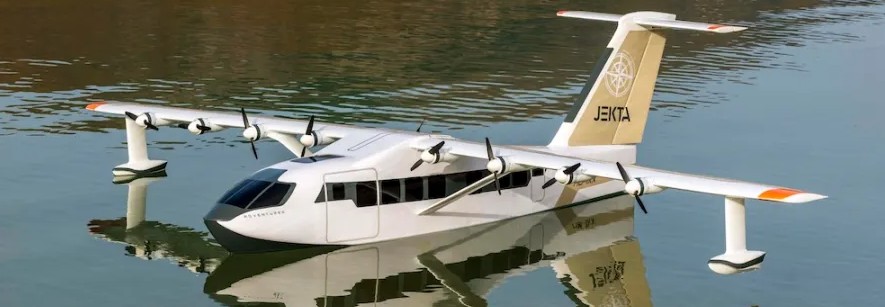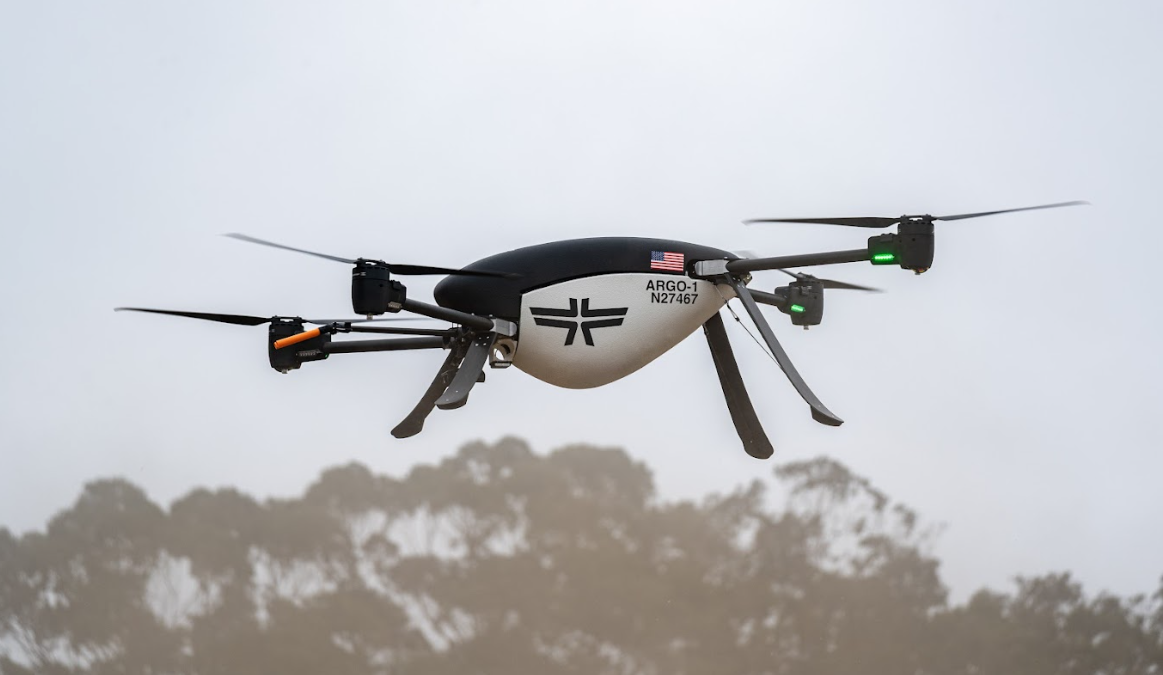FAA Set to Unlock Drone Potential with Bold New Rules—Here’s What You Need to Know

Big changes are on the horizon for commercial drone operators in the United States. The Federal Aviation Administration (FAA) has just proposed a sweeping update to regulations that could dramatically expand what drones are allowed to do—especially when it comes to flying beyond visual line of sight (BVLOS).
Right now, most commercial drone flights are legally restricted to line-of-sight operations. That means a human pilot must be able to see the drone at all times—a serious limitation for industries like logistics, agriculture, utilities, and emergency response. The FAA’s new proposed rule aims to remove that barrier by streamlining the BVLOS certification process.
Under the new framework, operators will be able to apply fora streamlined certification that no longer requires waivers for each individual BVLOS mission. This is expected to reduce administrative burden, increase operational consistency, and open the door to a wider range of commercial uses.
The proposal also includes risk-based categories for drone flights, meaning lower-risk operations could be approved more quickly, while higher-risk ones would undergo additional scrutiny. It’s a middle-ground solution that balances innovation with safety.
Industries like delivery and infrastructure inspection stand to benefit immediately. Companies like Zipline, Amazon Prime Air, and Wing have all faced hurdles in expanding their services due to BVLOS limitations. With this update, the dream of autonomous, long-distance drone deliveries becomes much closer to reality.
Farmers could also reap rewards, with drones able to monitor and manage vast areas of farmland without requiring constant human oversight.The same goes for energy companies, who often need to inspect miles of pipelines and power lines.
Public safety agencies are also watching closely. With BVLOS, drones could autonomously search wide areas during natural disasters or track wildfires across remote terrain, enhancing response times and reducing human risk.
However, not everyone is celebrating. Some industry stakeholders are concerned about airspace congestion and the need for robust traffic management systems. There are also questions about how these new rules will be enforced and what infrastructure will be needed to support them.
Still, the general mood is one of optimism. The FAA appears to be signaling that it’s ready to take commercial drones seriously as a pillar of the future airspace—not just toys or hobbyist gadgets. This move could position the U.S. as a global leader in drone innovation, provided the rule making process moves swiftly.
The proposed regulations are open for public comment, and final adoption could take several months. But make no mistake: we’re standing at the edge of a new era in aviation.

.png)


